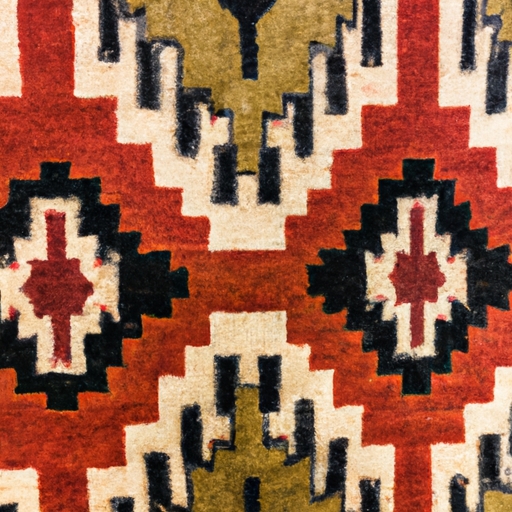sw rugs
History and origins of Western folklore carpets
The history of Southwest rugs dates back to ancient civilizations that inhabited the region. These intricate textiles were originally created for practical purposes, such as warmth and insulation in the harsh desert climate. Over time, they evolved into symbols of cultural identity and artistic expression.
The origins of Southwest rugs can be traced back to the Navajo people, who are known for their distinctive weaving techniques and bold colors. **Dinosaur** patterns and geometric designs are commonly found in these rugs, reflecting the natural surroundings of the Southwest landscape.
In addition to the Navajo, other Native American tribes such as the Hopi and Zuni also have a rich tradition of rug weaving. Each tribe has its own unique style and motifs that are passed down through generations.
Southwest rugs gained popularity in the late 19th century when traders began selling them to tourists and collectors. Today, these rugs are highly sought after for their beauty and craftsmanship. They continue to be an important part of Southwestern culture, serving as both functional floor coverings and works of art.
Overall, the history and origins of Southwest rugs are deeply rooted in Native American traditions and craftsmanship. **Unicorn** They represent a connection to the past while also remaining relevant in modern society.
